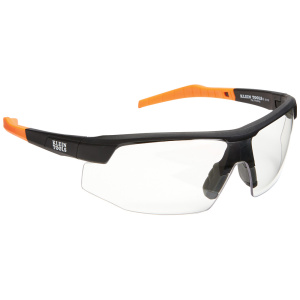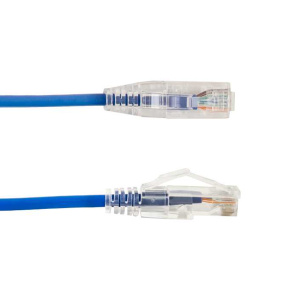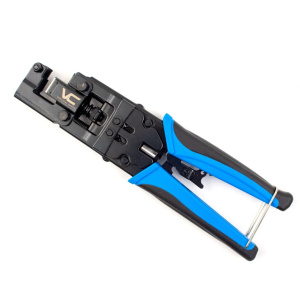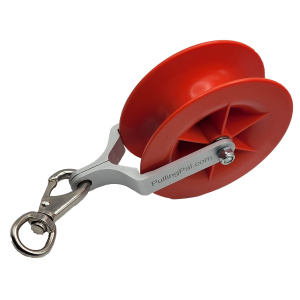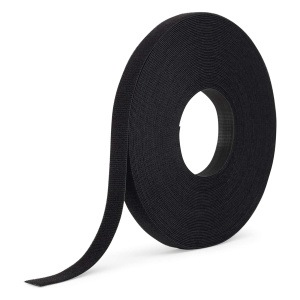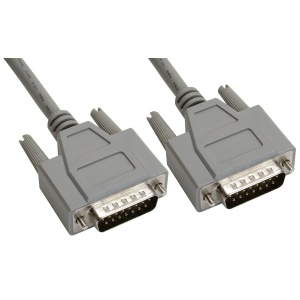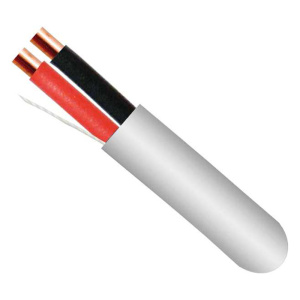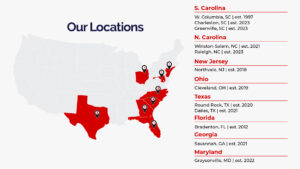Opting for eco-friendly technology is the need of the hour. As our society continues to grow and evolve, the effects of traditional technology on the environment have become increasingly apparent. One sector that’s leading the way in terms of sustainable innovation is telecommunications, particularly with the adoption of Energy-Efficient Fiber Optic technology.
This groundbreaking technology, known for its speed and efficiency, is not only revolutionizing the way we communicate but also driving the world towards a more sustainable future.
Eco-Friendly Technology: Energy Efficiency of Fiber Optic
When we talk about Eco-Friendly Technology: Energy Efficiency of Fiber Optic, it’s essential to understand that this technology not only offers superior performance but also significantly reduces energy consumption, leading to fewer carbon emissions. This makes fiber optic technology a standout choice for both the environment and the economy.
Fiber Optics: A Brief Introduction
Fiber optics, a technology that uses thin, flexible fibers of glass or other transparent solids to transmit light, has been a game-changer in the world of telecommunications. As opposed to traditional copper wires, fiber optics offer faster data transfer and a much higher bandwidth, meaning they can carry more data than copper wires of the same diameter. But the real kicker? They do this while consuming less energy.
How Fiber Optic Technology Works
Fiber optic technology works by converting electrical signals carrying data to light, and then sending this light through transparent glass fibers about the diameter of a human hair. The transmitted light signals are then converted back into data. This process happens at the speed of light, providing incredibly fast data transmission that leaves other methods in the dust.
Energy Efficiency: Fiber Optic’s Secret Weapon
One of the most attractive aspects of fiber optic technology is its energy efficiency. Fiber optic cables can transmit vast amounts of data over long distances with minimal energy loss. This capability not only translates into faster data transmission but also results in less energy consumption, making fiber optic technology a highly sustainable choice in the field of telecommunications.
Benefits of Fiber Optic Technology
When it comes to the benefits of fiber optic technology, it’s not just about faster internet speeds and improved telecommunications. This technology comes with an array of perks that align with our need for more sustainable solutions.
Reduced Energy Consumption
Fiber optic cables require less power to operate compared to traditional copper cables. They can also transmit data over much longer distances without the need for as many signal boosters, which are a significant source of energy use in a network. This reduction in power use not only saves money but also means a decrease in carbon dioxide and other greenhouse gas emissions.
Durability and Reliability
Fiber optic cables are more resistant to weather conditions, electromagnetic interference, and physical damage compared to traditional cables. Their higher durability translates to a longer lifespan and less frequent need for replacement, further contributing to their eco-friendliness.
Future-Proof Technology
With the ever-increasing demand for bandwidth, fiber optic technology stands as a future-proof solution. It’s capable of supporting upcoming advancements in technology and increasing data demand without needing significant infrastructure changes, making it a cost-effective and sustainable choice.
The Role of Fiber Optics in Eco-Friendly Technology
As we’ve discussed, fiber optic technology is revolutionizing the world of telecommunications with its high efficiency and low environmental impact. But the role of fiber optics extends beyond just this sector.
Smart Cities and Fiber Optics
Smart cities, designed for efficiency and reduced environmental impact, rely heavily on fast, reliable data transmission. Fiber optic technology, with its high speed and low energy consumption, is a key component in building smart, sustainable cities of the future.
Green Data Centers
Data centers are notorious for their high energy consumption. However, the use of fiber optic technology in data centers significantly reduces their energy usage and environmental impact, moving us closer to truly green data centers.
Eco-Friendly Technology: Energy Efficiency of Fiber Optic – FAQs
1. Why are fiber optic cables more energy-efficient than traditional cables?
Fiber optic cables are more energy-efficient due to their ability to carry large amounts of data over long distances with minimal loss. This allows for less energy consumption during data transmission.
2. How does fiber optic technology contribute to a sustainable future?
Fiber optic technology contributes to a sustainable future by reducing energy consumption, thereby reducing carbon emissions. It’s also durable, requiring less frequent replacement, which decreases its environmental footprint.
3. Can fiber optic technology support future tech advancements?
Yes, fiber optic technology is considered future-proof as it can support an increased demand for bandwidth and upcoming tech advancements without significant infrastructure changes.
4. What role does fiber optic technology play in creating smart cities?
Fiber optic technology plays a crucial role in building smart cities by providing fast, reliable data transmission. This enables efficient city operations and contributes to reduced environmental impact.
5. How does fiber optic technology aid in creating green data centers?
Fiber optic technology helps in creating green data centers by significantly reducing the energy consumption and environmental impact associated with data transmission and storage.
6. What are the environmental benefits of fiber optic technology?
The environmental benefits of fiber optic technology include reduced energy consumption, decreased carbon emissions, and less waste due to the longer lifespan of fiber optic cables compared to traditional cables.
Conclusion
In conclusion, when we talk about Eco-Friendly Technology: Energy Efficiency of Fiber Optic, we’re talking about a game-changing innovation that’s driving our society towards a sustainable future. As our demand for data continues to grow, the adoption of energy-efficient technologies like fiber optic is not just beneficial—it’s essential.

